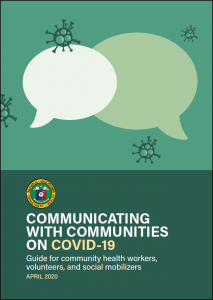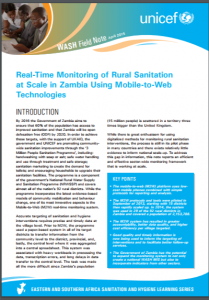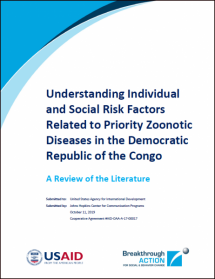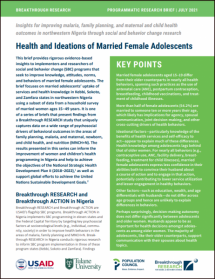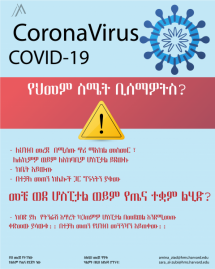RCCE Guide for Community Health Workers, Volunteers, and Social Mobilizers
This Risk Communication and Community Engagement (RCCE) Guide serves as a guide for community health workers (CHWs), volunteers, and social mobilizers in communicating with people on COVID-19 and helping them protect themselves and others from the virus. This guide contains importance of community engagement during health crisis, how to talk to people in the community, how to protect yourself and others while on duty, and key messages that need to be conveyed to the community and to specific audience groups.
Using the guide, Department of Health, in partnership with USAID Breakthrough ACTION, UNICEF, and WHO conducted RCCE online trainings via Zoom to CHWs, volunteers, and social mobilizers.
Source: Breakthrough ACTION/Johns Hopkins Center for Communication Programs, Department of Health, UNICEF, WHO
Date of Publication: September 30, 2021
SIMILIAR RESOURCES
Tools
Examples
- Message Toolkit Version 1 - Risk Communication for COVID-19
- Noora Health COVID-19 Resources
- Message Toolkit (Version 2) - Risk Communication for COVID-19
- Practical Guidance for Risk Communication and Community Engagement (RCCE) for Refugees, Internally Displaced Persons (IDPs), Migrants, and Host Communities Particularly Vulnerable to COVID-19 Pandemic
- Coronavirus disease (COVID-19): Masks
- How COVID-19 Spreads
- Infant and Young Child Feeding Recommendations When COVID-19 is Suspected or Confirmed
- COVID-19 Communication Materials for the Americas
- Physical Distancing, Face Masks, and Eye Protection for Prevention of COVID-19
- Social Service Workforce Safety and Wellbeing during the COVID-19 Response - Recommended Actions
- Awareness and Education Campaign on COVID-19 for Pharmacy Professionals in the Philippines
- Family Planning during COVID-19 Social Media Cards
- BIDA Solusyon sa COVID-19 Campaign Materials
- Awareness of COVID-19 for Pharmacy Professionals - Community Pharmacy Interventions
- Awareness of COVID-19 for Pharmacy Professionals - User Testimonials

